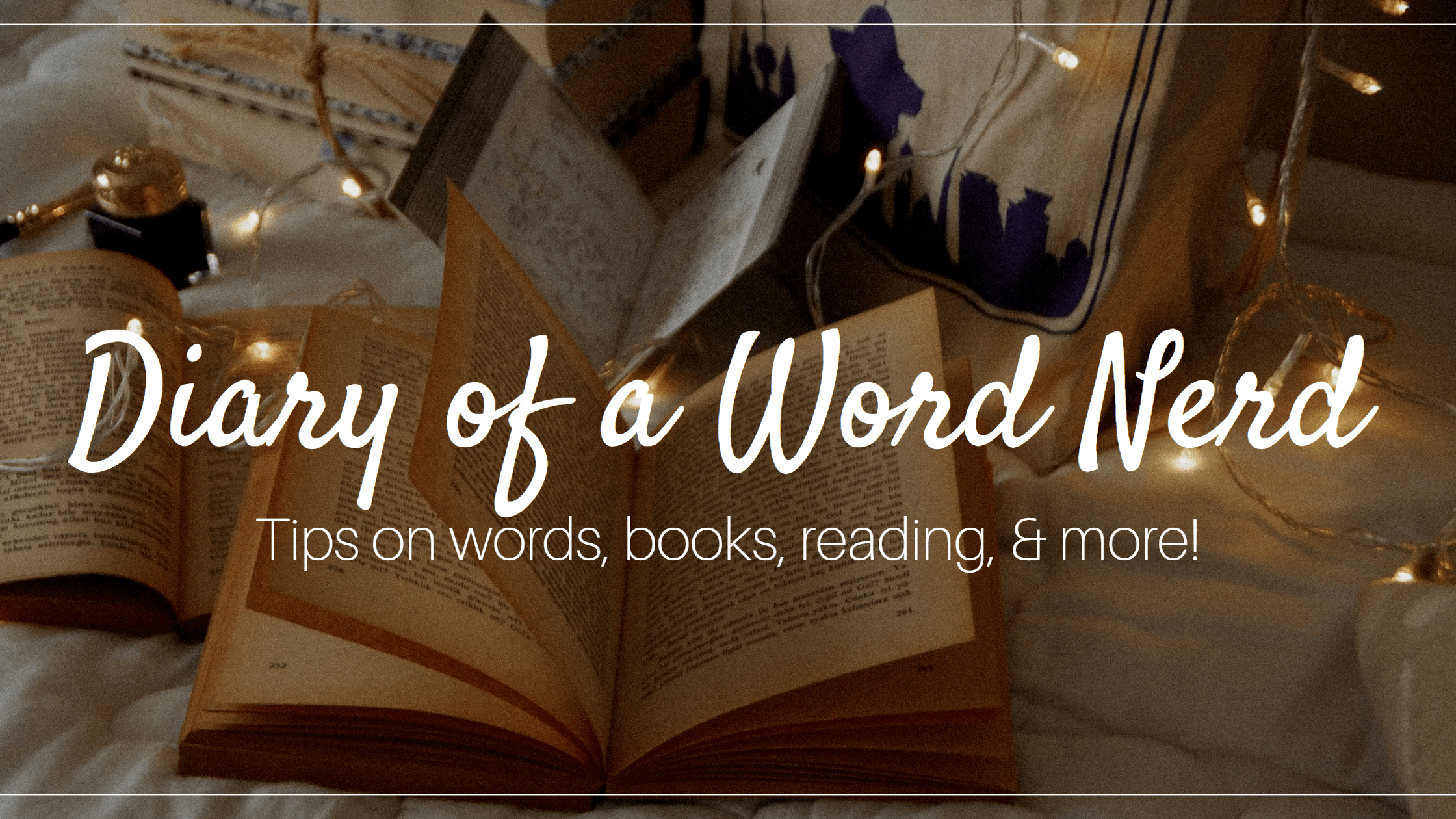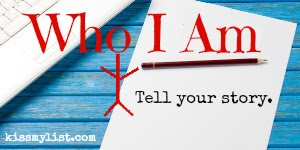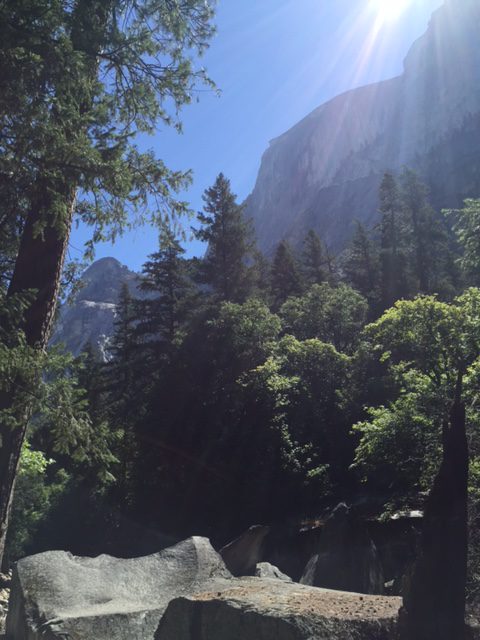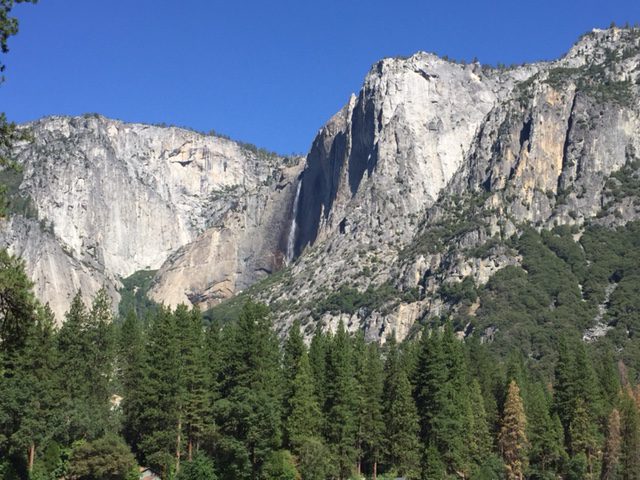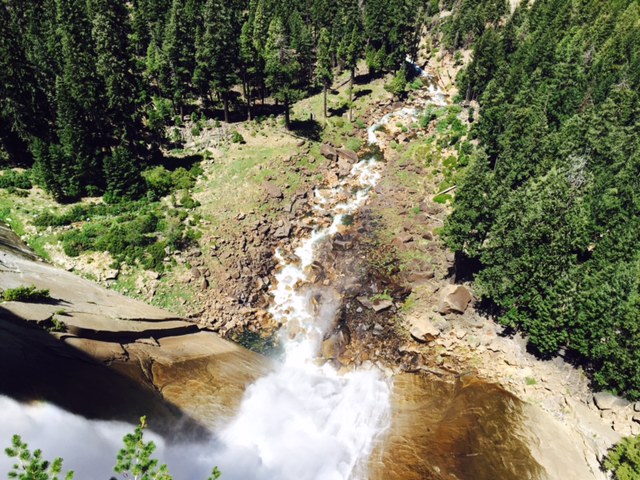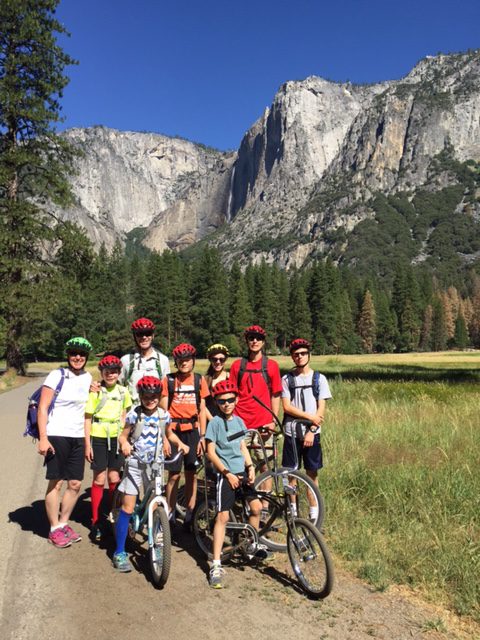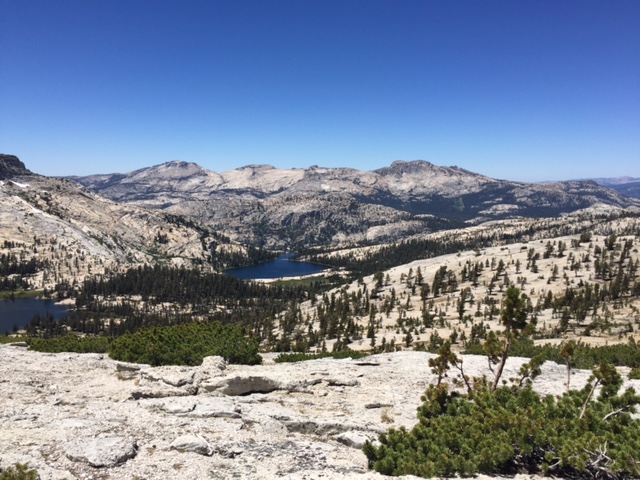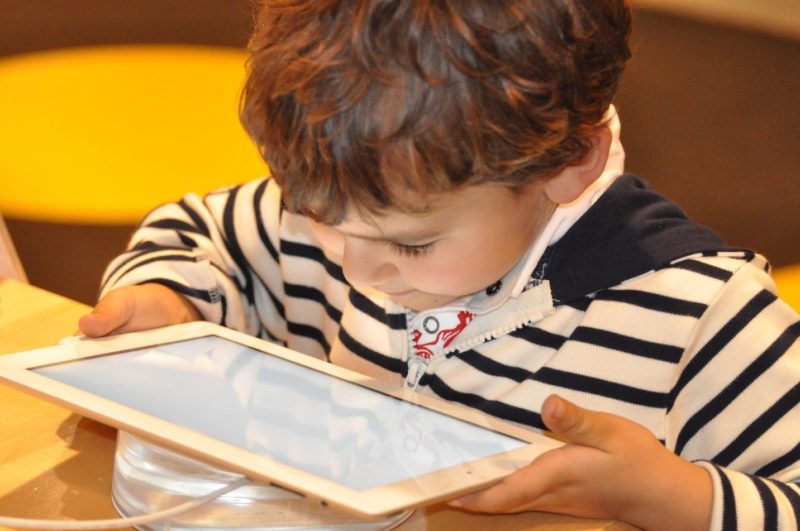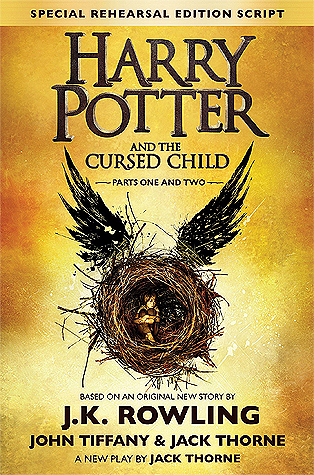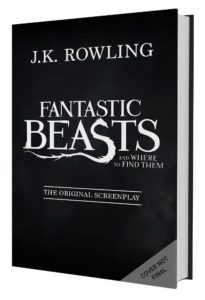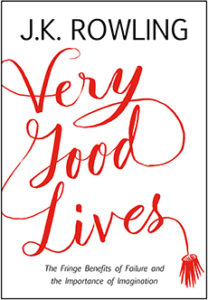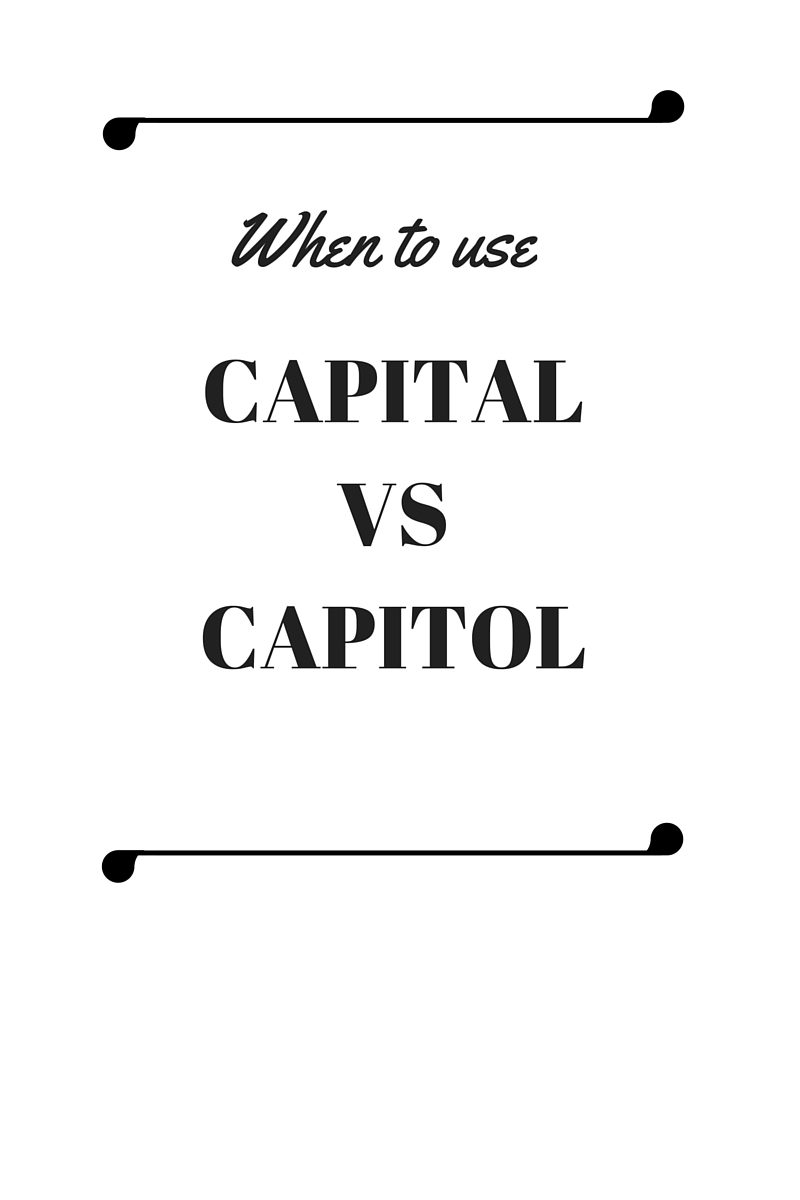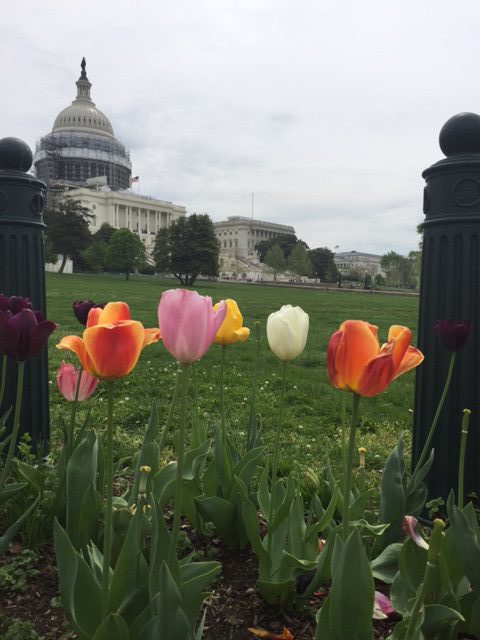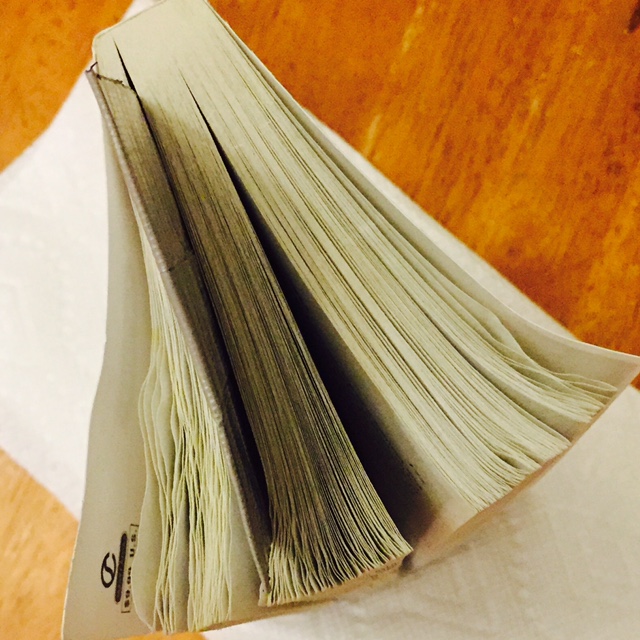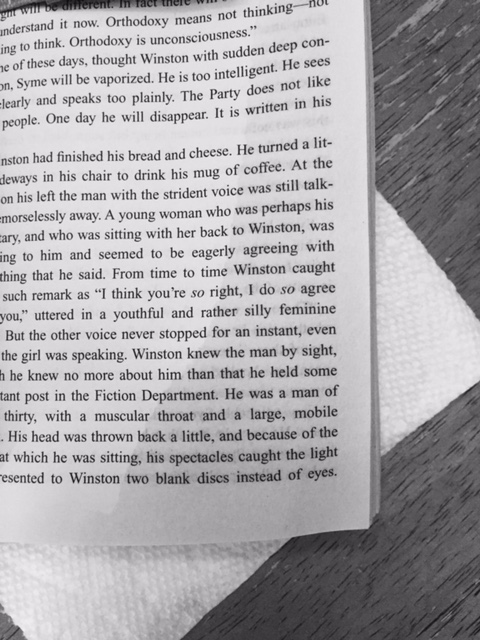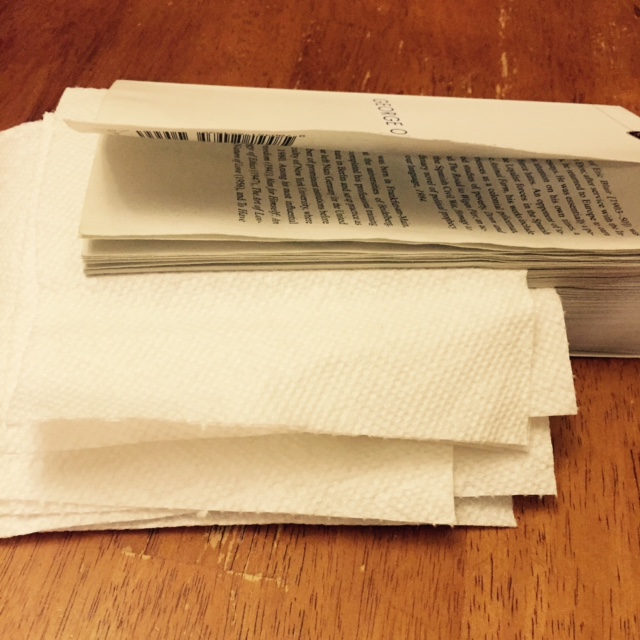All year, I’ve been participating in the Who I Am project with Dana, Bev and other bloggers. Thanks to Who I Am, you can read about my Coke addiction or my most embarrassing kindergarten moment. (Yes, it involved a boy.) This month’s prompt asked us to share things we love and hate. I’ll take the Word Nerd approach and focus on what I love and hate in BOOKS!
What I Love In Books
I enjoy all the stuff that every book nerd likes, like getting lost in a good story and falling in love with characters. But here are some more “Julia specific” qualifiers:
- I love it when a book presents a well-developed villain that I might even be able to relate to, just a little. For example, Harry Potter and The Half-Blood Prince is my favorite book in J.K. Rowling’s series because we get so much interesting back story about Tom Riddle/ Voldemort.
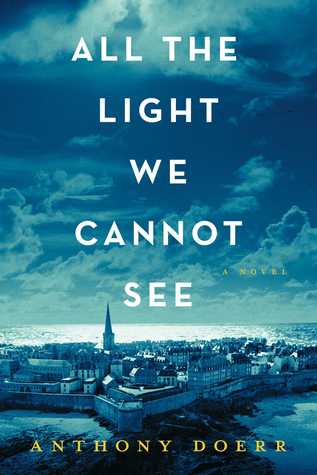 I love it when a book helps me see multiple sides of a complex issue. For example, Anthony Doerr’s All the Light We Cannot See helped me understand how an entire nation could be duped/manipulated/bullied into following the Nazis. Me Before You by Jo Jo Moyes explores the many issues around assisted suicide.
I love it when a book helps me see multiple sides of a complex issue. For example, Anthony Doerr’s All the Light We Cannot See helped me understand how an entire nation could be duped/manipulated/bullied into following the Nazis. Me Before You by Jo Jo Moyes explores the many issues around assisted suicide.- I love it when a book has literary references or includes poetry, because this appeals to my English major soul, brings more depth and intellect to the story, and exposes me to verse (I love poetry but don’t allot much time to reading it.) John Green always has some great literary references in his novels; Whitman’s “Song of Myself” plays a prominent role in Paper Towns.
- I love happy, hopeful, or uplifting endings. The world is depressing enough; I don’t want a book to add to my woes. That doesn’t mean that I don’t like a book that requires tissues. The Fault in Our Stars by John Green and The Book Thief by Markus Zusak are two of my favorites because despite the tragedy, there is a hopeful, triumphant message.
What I Hate In Books
- I hate when a story is all breathtaking action and no character development. I don’t like feeling like I’m being tugged, at race speed, through a plot. For example, I didn’t like The Lightening Thief because it felt like one crisis after the next.
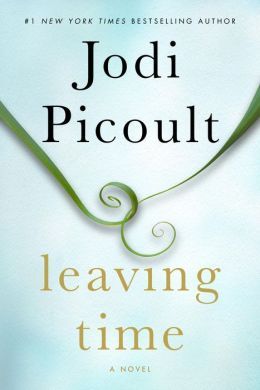 I hate when a book dumps in supernatural elements out of no where. If there are going to be ghosts or magic, let me know in the first chapter so I’m prepared. Example, Leaving Time by Jodi Picoult.
I hate when a book dumps in supernatural elements out of no where. If there are going to be ghosts or magic, let me know in the first chapter so I’m prepared. Example, Leaving Time by Jodi Picoult.- I hate when a book has too many adverbs. “Miles said disapprovingly.” Bah!
- I hate when books have twist endings that feel very sudden, shocking, or unrealistic. I appreciate a well crafted surprise, but sometimes the plot feels stretched too far, or I feel manipulated. Examples: Gone Girl, Leaving Time, and We Were Liars. (However, Liars remains a favorite for its gorgeous prose.)
What things do you love or hate in books?
I’m going to post this as an intro to my Book Reviews page so that readers get a feel for my kind of books. Thanks for the prompt, Dana and Bev!
If you want to join in the Who I Am project, visit Dana’s blog.
Thanks for stopping by!

